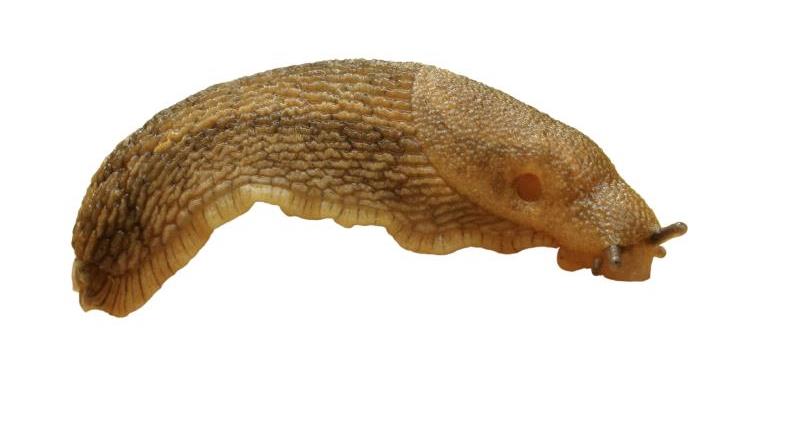The issue, caused by the risk of metaldehyde reaching watercourses, is now coming to a head. With most of the annual use of slug pellets applied during autumn and early winter, the ‘here and now’ onus is on farmers to make a difference.
The deputy chief inspector of the Drinking Water Inspectorate (DWI), speaking at an early September press briefing, hosted by the Metaldehyde Stewardship Group (MSG), reported that government ministers are in the process of looking into the issue.
MSG’s Simon McMunn urges farmers to seek agronomist advice prior to making applications of metaldehyde and strictly abiding by MSG guidelines. In particular, metaldehyde must not, under any circumstances, be applied under conditions of:
- Soil saturation
- Drain flow
- Heavy rainfall or if forecast
Milo Purcell of DWI reiterated that the outcome that ministers want is ‘to meet the standard’ – and curb instances of metaldehyde detections over the 0.1ugl (equivalent to 0.001 parts per billion), the statutory limit for all pesticides in drinking water. There are no implications for health, wildlife or the environment relating to this matter; but legal enforcement is nonetheless now in play.
While this could be the last season to influence policy makers, the MSG is keen to emphasise that genuine options to retain access to metaldehyde for the majority, are being debated. “The stewardship story is one of success and progressive success and there have been additional initiatives that have raised awareness and new thinking,” said Milo Purcell.
However, he also said: “The fact of the matter is that outcomes (ie 0.1 standard) are not being delivered, that is the reality. We have to look to the agricultural industry to ‘up its game.”
To find out if land is within a Safeguard Zone for metaldehyde, enter the postcode into the Environment Agency’s WIYBY online tool at www.wiyby.co.uk. There is also more information on the MSG website at www.getpelletwise.co.uk.
MSG guidelines:
- Use minimum active per ha to avoid drainage and run-off losses
- Maximum application rate 210g metaldehyde a.s/ha* For additional protection of water, suppliers/BASIS advisors may recommend rates reduced to 160g a.s/ha or less*
- Maximum total dose from 1st August to 31st December: 210g metaldehyde a.s/ha* For additional protection of water, suppliers/BASIS advisers may recommend rates reduced to 160g a.s/ha or less*
- Maximum total dose rate: 700g metaldehyde a.s/ha/calendar year*
- No pellets to be applied within six metres of a watercourse
- Do not apply when heavy rain is forecast
- If drains are flowing do not apply metaldehyde based slug pellets
*from any combination of metaldehyde products. 700g is also the statutory limit.
a.s.: active substance (or active ingredient)
